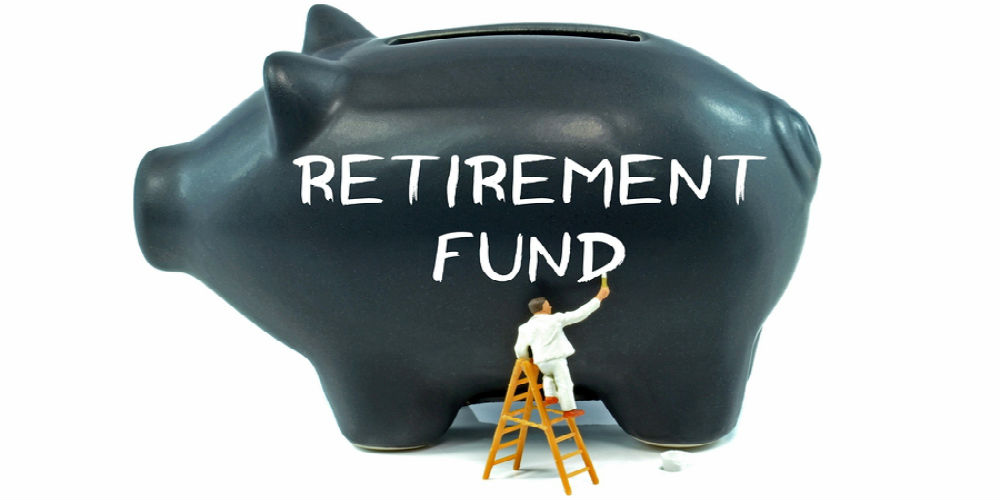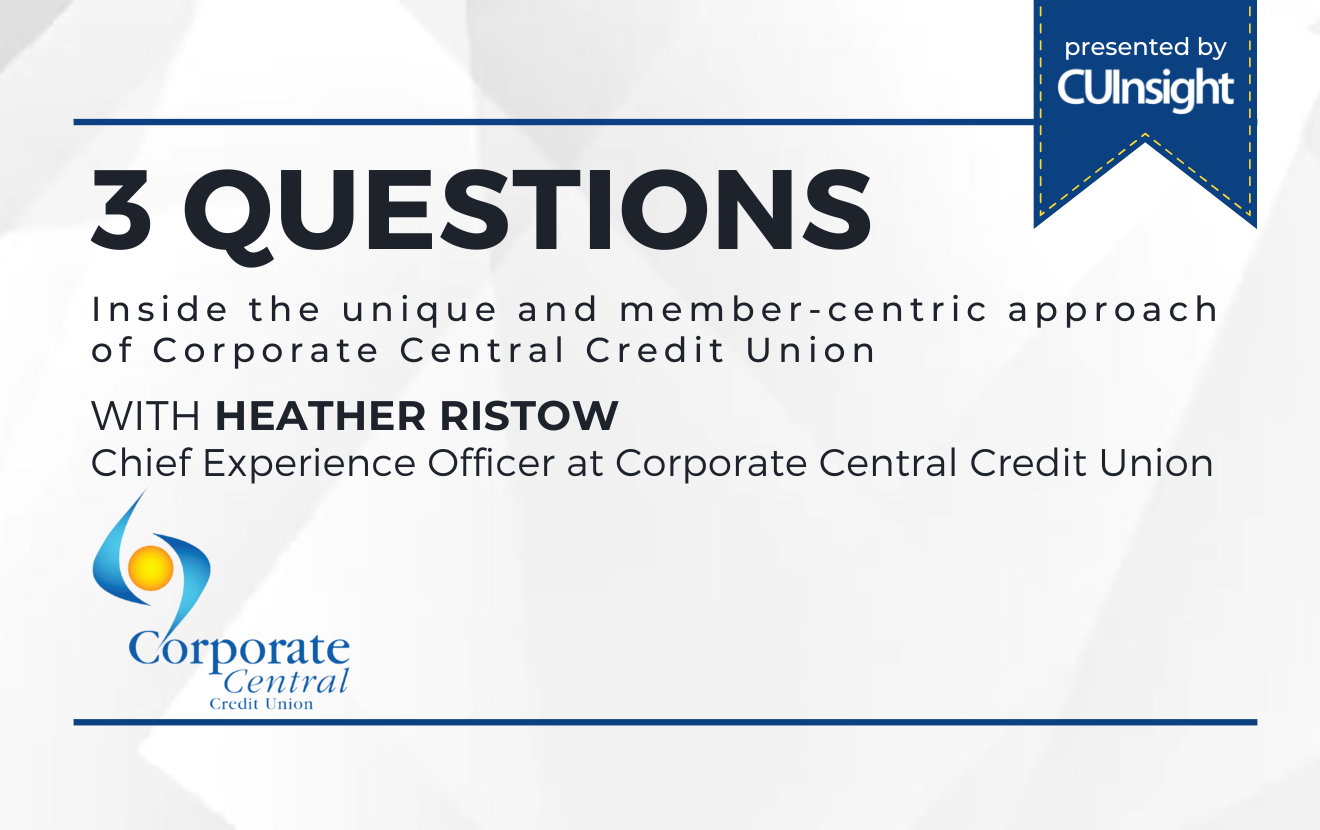The Department of the Treasury has announced the national rollout of myRA® with expanded funding options after concluding the initial pilot phase of the program that saw about 3,000 myRAs opened.
The myRA (my Retirement Account) is a new retirement savings account designed for people who don’t have access to a retirement savings plan at work. It is a Roth IRA and follows the same Roth IRA eligibility requirements, but is restricted based on the program limitations set by the Treasury Department.
President Obama announced the new myRA program during his 2014 State of the Union address, and shortly thereafter, issued an executive order directing the Treasury Department to finalize the development of the myRA program by the end of 2014. The Treasury Department spent much of 2014 on development of the framework for the program, including selecting Comerica Bank as the IRA custodian and creating a new retirement savings bond specifically for the program.
The pilot phase of the myRA program launched in late 2014, but contributions could only be made through payroll deduction and direct deposit by a participating employer. Employers were not required to offer direct deposit to myRAs, but the Treasury Department encouraged employers to offer the option to employees who were not eligible for an employer-sponsored retirement plan. The Treasury Department spent much of 2015 working with a small, diverse group of 60 employers as part of the initial pilot phase of myRA, to obtain feedback and ensure that the user experience is as simple and straightforward as possible.
During the pilot phase of the program, about 3,000 myRAs were opened, including by both individuals at the participating employers targeted by the Treasury Department and other individuals who visited the myRA.gov website on their own. Individuals who opened myRAs during the pilot phase of the program contributed about $20 to $50 per month.
In launching the national rollout of myRA, the Treasury Department expanded the myRA funding options to make myRAs available to more people. As of November 4, 2015, individuals have the following options to establish and fund a myRA.
- Payroll deduction—Individuals can set up automatic direct deposit contributions to myRAs through their employer if the employer offers this option.
- Personal checking or savings account—Individuals can set up a recurring or one-time contribution to their myRAs through their personal checking or savings accounts. To select this option, individuals would link their personal checking or savings accounts to their myRAs either during the sign up process or after they open a myRA. Once the personal checking or savings account is linked, they can use it to fund their myRA.
- Federal tax refund—Individuals can direct all or a portion of their federal tax refunds to their myRAs. They can select this option when they file their federal tax returns.
These expanded funding methods should come as no surprise, as the Treasury Department’s
myRA website has for more than a year stated that it is “working hard” to find other contribution methods. And by offering contributions through personal checking and savings accounts, the Treasury makes the program available to individuals who may not have a direct deposit option available to them at their workplace.
According to the Treasury Department’s press release announcing the national rollout, the myRA is designed to remove common barriers to saving for retirement and gives people an easy way to get started. The account has no cost to open and no fees, and because the myRA is a Roth IRA, account owners can withdraw their contributions without tax and penalty under the same rules as applicable to Roth IRA withdrawals. However, the account is limited to a single investment option (a Treasury savings bond), and myRA accounts must be transferred to private sector Roth IRAs (or be distributed) the earlier of when the balance reaches $15,000 or 30 years after it is opened.
Individuals can sign up for a myRA at myRA.gov. Credit unions, banks, and thrifts cannot offer myRAs, and that has caused many in the financial services industry to express concern that by creating the myRA program, the federal government now competes directly with IRAs offered through the private sector. That concern is likely not to go away considering the nationwide launch of the program, but given the limitations of myRA, a Roth IRA may be a better option for most individuals. Most credit unions already offer Roth IRAs with no fees and no minimum balance requirements, and the ability to fund the Roth IRA through transfers from share and share draft accounts.
Credit unions would be well-advised to reach out to members who do not have access to a retirement plan at work and help them to start saving for retirement. While the myRA program helps individuals save for retirement, your credit union can do the same if you offer Roth IRAs. In addition to helping your members save for retirement, your members will also have access to a host of credit union services (e.g., savings accounts and lending products) that can help them save for and finance major non-retirement expenses, such as college education and first home purchases.







